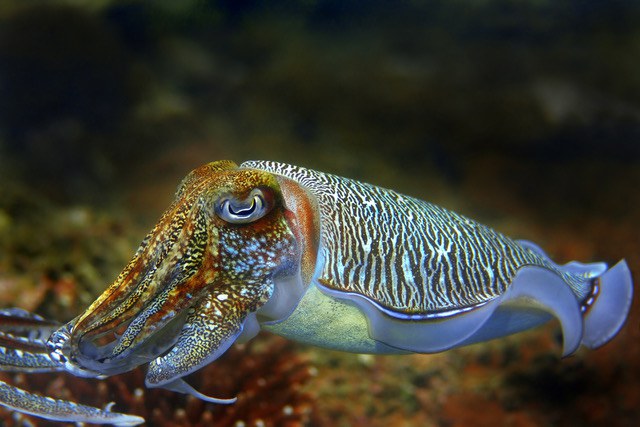Scientists have discovered a new species of electricity-conducting bacteria, Candidatus Electrothrix yaqonensis, in mudflats along Oregon’s Yaquina Bay. This finding has significant implications for environmental cleanup and the development of bioelectronic technologies. The bacterium is part of the cable bacteria group, which form long, filamentous chains capable of conducting electricity through their shared outer membrane.
What makes the new bacteria especially noteworthy is its hybrid genetic makeup. It appears to bridge the gap between two known cable bacteria genera, Ca. Electrothrix and Ca. Electronema, offering potential insights into bacterial evolution. Structurally, it stands out for its pronounced surface ridges and unique nickel-based conductive fibers, which let it transport electrons over long distances. This ability allows the bacterium to participate in redox reactions that are critical for nutrient cycling and pollution breakdown.
Because these bacteria can thrive in diverse environments and conduct electricity without the need for external power, they hold promise for cleaning up contaminated sediments and inspiring new types of bioelectronic devices. The bacterium’s name honors the Indigenous Yaqona people, representing a collaboration between scientists and the Confederated Tribes of Siletz Indians.






